
9 minute read
Wayang Orang Bharata The Story of Survival
Aries Mukadi who preserves art and history through Wayang Orang Bharata - Akhmad Fahri

Advertisement
Wayang Orang Bharata
The Story of Survival
he atmosphere of the
TWayang Orang Bharata Performance Building
in Jakarta looked lively that afternoon, February 23, 2022. The musicians: Kadar,
Bayu, Samsi, and others beat the gamelan, lightly, just to strengthen the accompaniment for the later performance. Towards evening, the performers, including Dewanto, Mudjo Setyo, Haryadi, Susilo, Angga, and Rani began to change costumes and apply makeup.
The crew such as Joko H, Trio Marino, Rahman, Ujang, and Hanok immediately decorated the stage, prepared gunungan wayang, and checked the lights and microphones. That afternoon, the Wayang Orang Bharata Association with Production Leader Teguh Kenthus A performed the play of Palguna Palgunadi.
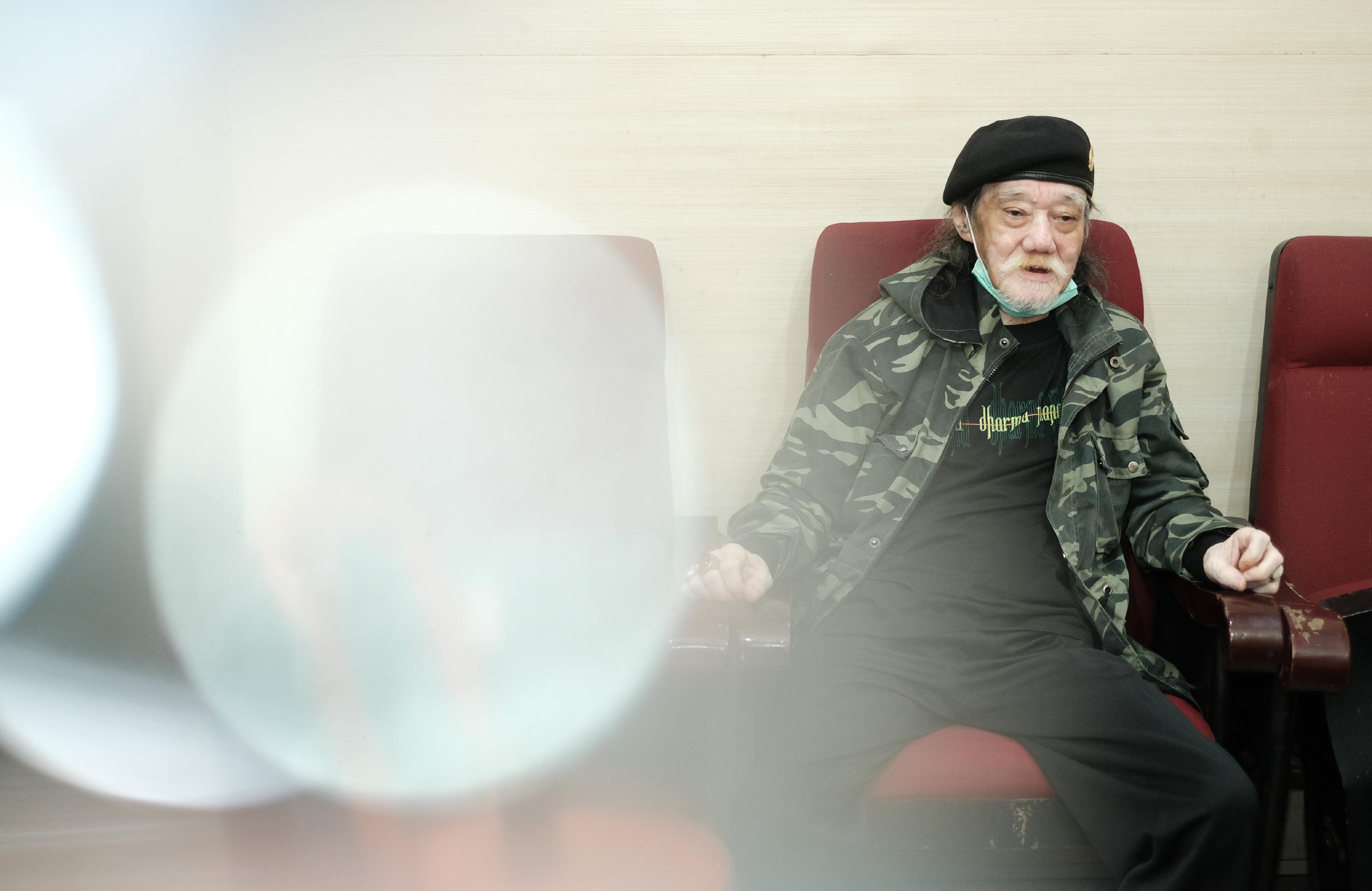
Aries Mukadi:
Place/Date of Birth: Surabaya, 29 April 1947
Activities and Achievements:
1. Since 1957 he has been a performer of wayang and ketoprak for Darmo Carito Surabaya.
2. Since 1967 he has been a director and writer for wayang and ketoprak.
3. Since 1972, he has actively participated in the arts missions of the Ministry of Education and Culture at home and abroad.
4. Chairman of the Wayang Orang Bharata (1975).
5. Jakarta Arts Institute theater teacher for traditional theater (1992-2000).
6. Founder of the Adhi Budaya Foundation.
7. Activists of the Adhi Budaya Association
8. Involved in the films of Selir Adipati Gendra Sakti (1991) and
Jaka Geledek (1983)
9. Won a gold medal in pencak silat for DKI Province in PON VII (1972).
10. Recipient of the Cultural Award from the Provincial
Government of DKI Jakarta (2007)
11. Ketoprak humor director on RCTI in the 2000s
As usual performing art performances in the Covid-19 “era” since early 2020, the Wayang Orang performances by the Wayang Orang Bharata association have also been held without official
audiences (the committee did not sell tickets), and have only been broadcasted via the YouTube channel. The stage of performances during the pandemic can indeed be enjoyed by more audiences from all over the world. However, for
some audiences, it feels very different. The performers cannot even see the audiences, who at the end of the story will be clapping and cheering. What can we do, apart from the pandemic, time flies very fast and it cannot be denied. The speed of time is impossible to be expelled. How can traditional arts groups continue to perform? PWOB (Wayang Orang Bharata Association) is one of the few wayang groups that continues to breathe, even though – as said by PWOB advisor Aries Mukadi – half-dead. “You could say, we are orphans,” he said.
Periodic performances during the pandemic are made possible because of sponsors. The grant from the DKI Jakarta Provincial Government are not sufficient for the operation of the stage and to pay 140 association members. However, they are still grateful that they do not think about the cost of electricity, water, and building maintenance because the building belongs to the DKI Jakarta Provincial Government. Talking with Aries Mukadi (75 years old) in the lobby of the Wayang Orang Bharata Building, Jalan Kalilio Senen, Central Jakarta, is like opening a memory gate, especially when accompanied by boiled carbohydrate snacks: taro, sweet potato, cassava, and corn. For a moment, we traced PWOB’s journey since the beginning of its birth in the 60s until now, as well as the challenges of the future.
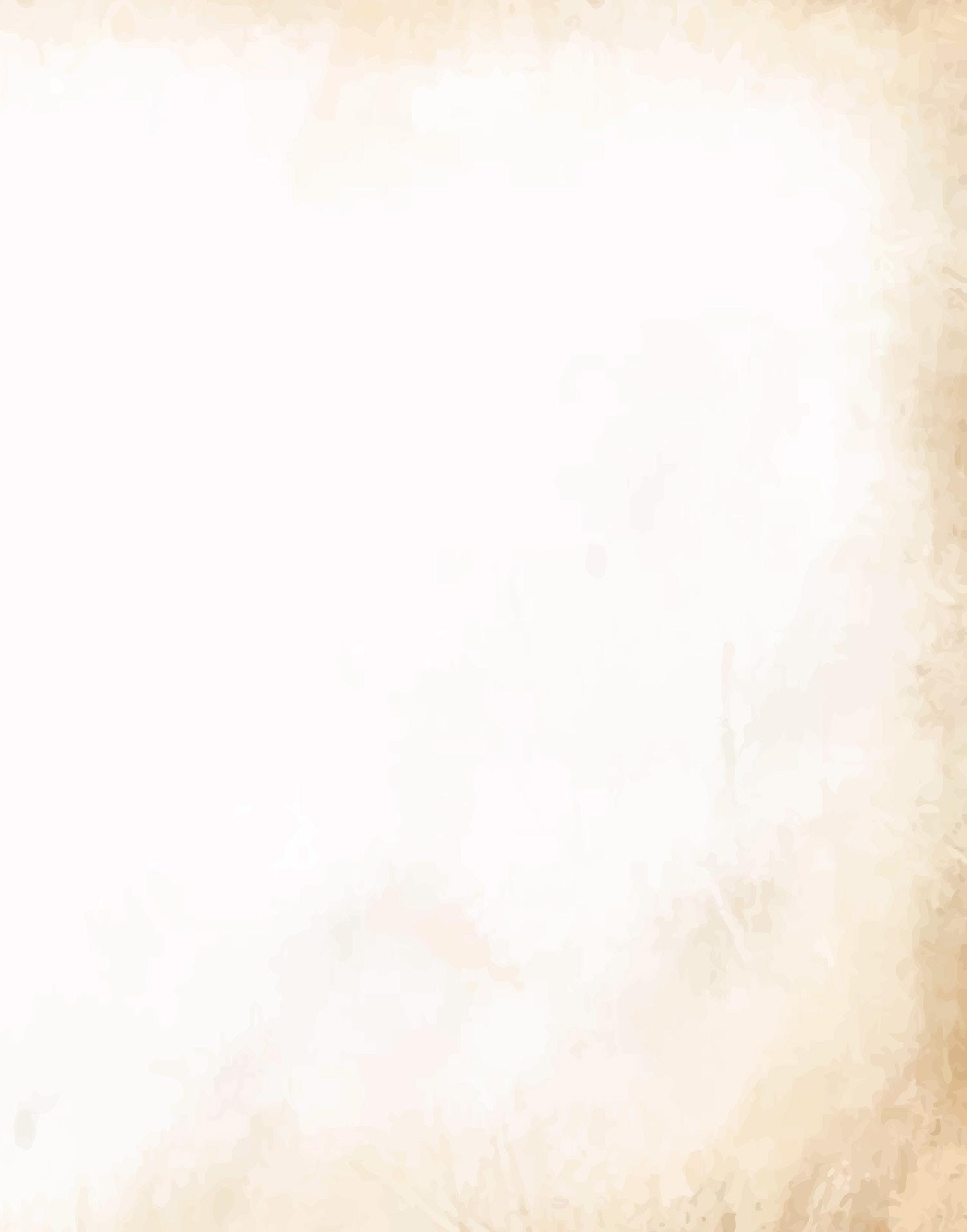
Aries Mukadi - Akhmad Fahri
How have you been involved since the establishment of Wayang Orang Bharata Association and have been loyal to this day?
I have been in the arts since childhood.
I was born in 1947 to an art family in Surabaya. Even since I was in the womb, I have been invited to perform. Because my mother is a ludruk artist, and happens
to often perform a male role, so, when she was carrying me, she still performed. In Surabaya, my family joined the Dharmo Carito group, a popular Chinese arts group in East Java at that time. With the various dynamics that existed, in 1960, it was bought by the Dutch and changed its name to Sri Katon. It only lasted one year, then in 1961 it was bought by the army and the name was changed again to Sri Wandowo. We often play at THR (Public Amusement Park) Surabaya.
I moved to Jakarta in 1963, then joined a wayang group called Panca Murti which was founded by five soldiers. Panca Murti is the pioneer of the Wayang Orang Bharata Association, its headquarters and stage are in this building (formerly the Rialto Theatre). At that time, beside Panca
Murti, there were several wayang orang groups who often performed, such as Adiluhung and Ngesti Wandowo. During our heyday, we could perform every day, in Cijantung, Pasar Rebo, Bogor, and had time to be filmed.
I also once built my own group called Warga Muda Birawa Jaya on Jalan Percetakan Negara. But in the end, I stayed with Bharata. Everywhere I go, I carry the name of the association.
How is the process for the establishment of the Wayang Orang Bharata Association?
When we were Panca Murti, there were approximately 60 members, we performed every week with other groups in Jakarta. Art life is dynamic. But there are times when wayang orang is entered by other interests. Until the 70’s, management was ridden by people who made our group a model of gambling, at that time, gambling was very popular. Consequently, internal conflict happened. The group was split into two, some were still here, some had moved to Tanjung Priok, near Tanjung Priok Station.
Then?
For me, the important thing is doing art, because, from art, I can live. At that
time, the social and political conditions were less stable, but fortunately we were supported by someone from the Department of Information, his name was Pak Harsono, together with his wife. We are also close to the military so this building remains protected.
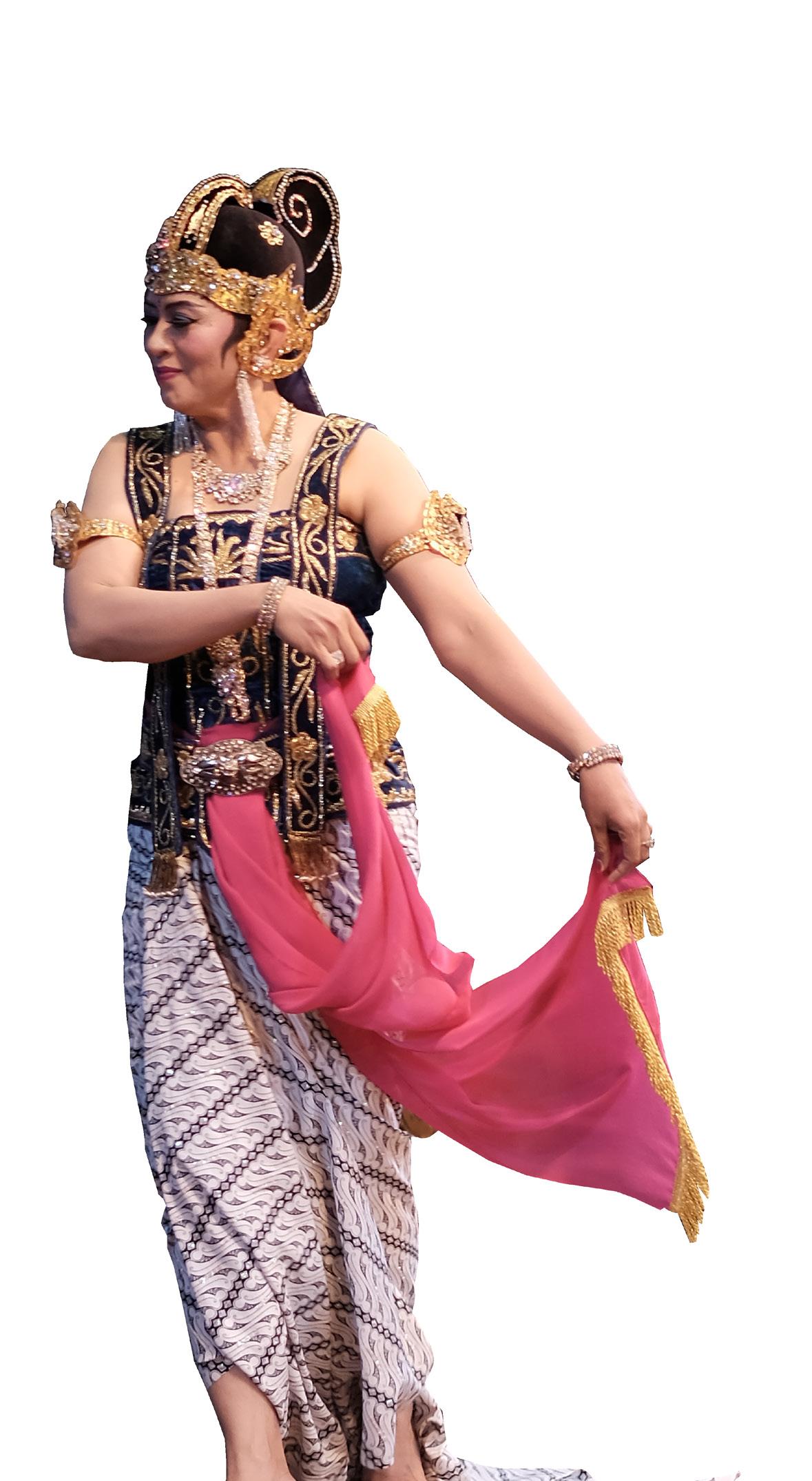
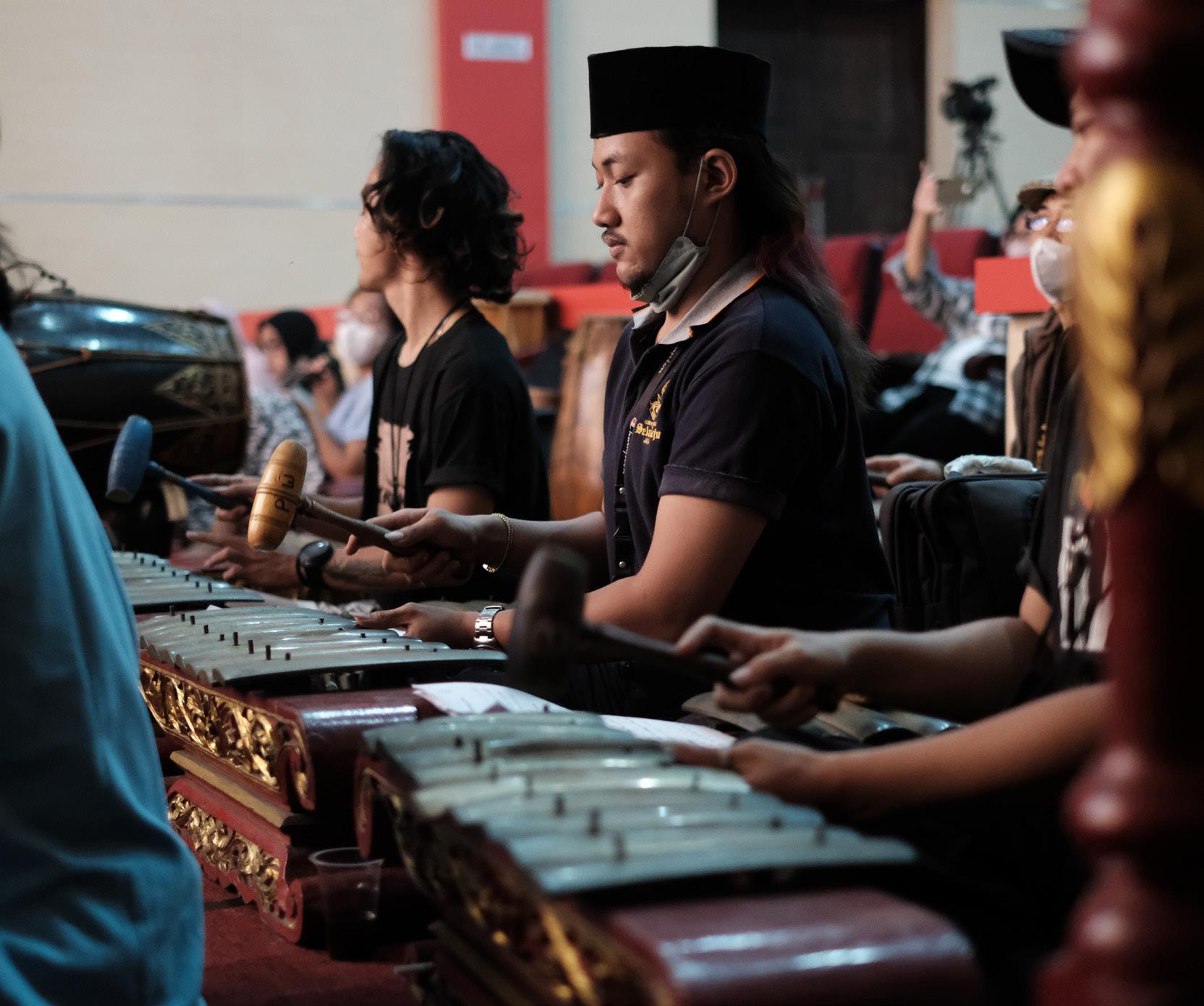

My principle, continue to do art, because it’s my life. Continue to process and finally have many connections. Because of the close relationship with the people who supported us, we were finally invited to meet with the Welfare Division at the
DKI Local Government, during the time of Governor Ali Sadikin. Several attentions
then came up, such as Pak Djadoeg Djajakoesoema (a theater director and actor). Pak Ali Sadikin wanted the wayang orang to live. This building was rebuilt in 1971 and Wayang Orang Bharata was officially established on July 5, 1972 in the form of an association.
How has Wayang Orang Bharata’s journey been since then?
We once formed a foundation, received
funds from donors and sponsors. However, the audiences’ enthusiasm
began to decline in the decade of the 80s. Over time the connection is shrinking. If you want to get help from the local government, you can’t take it in the form of a foundation. Then we changed again into a form of association in the 90s and
were continuously supported by the DKI Jakarta Provincial Government, including the use of this building. We can also find sponsors for performances.
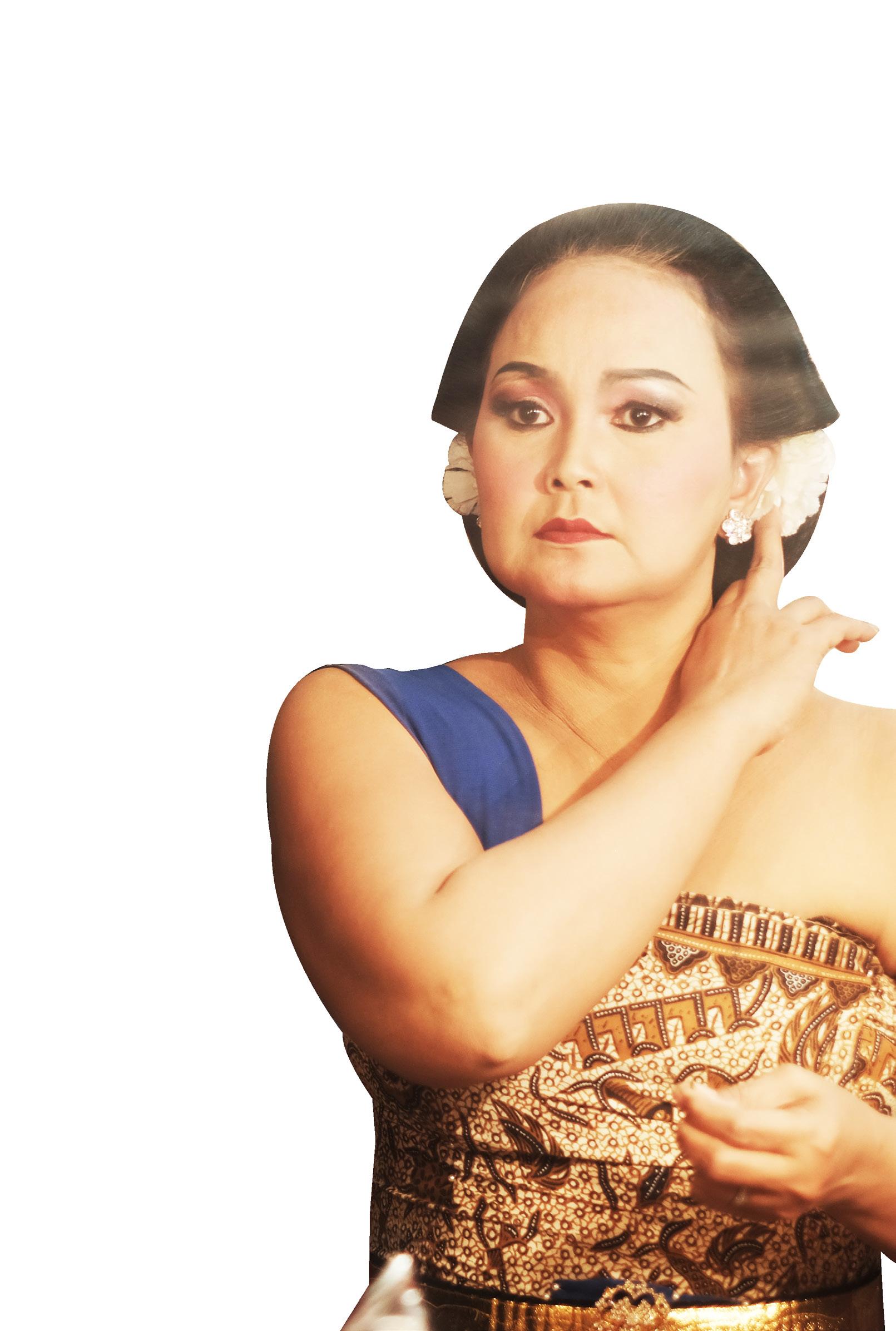
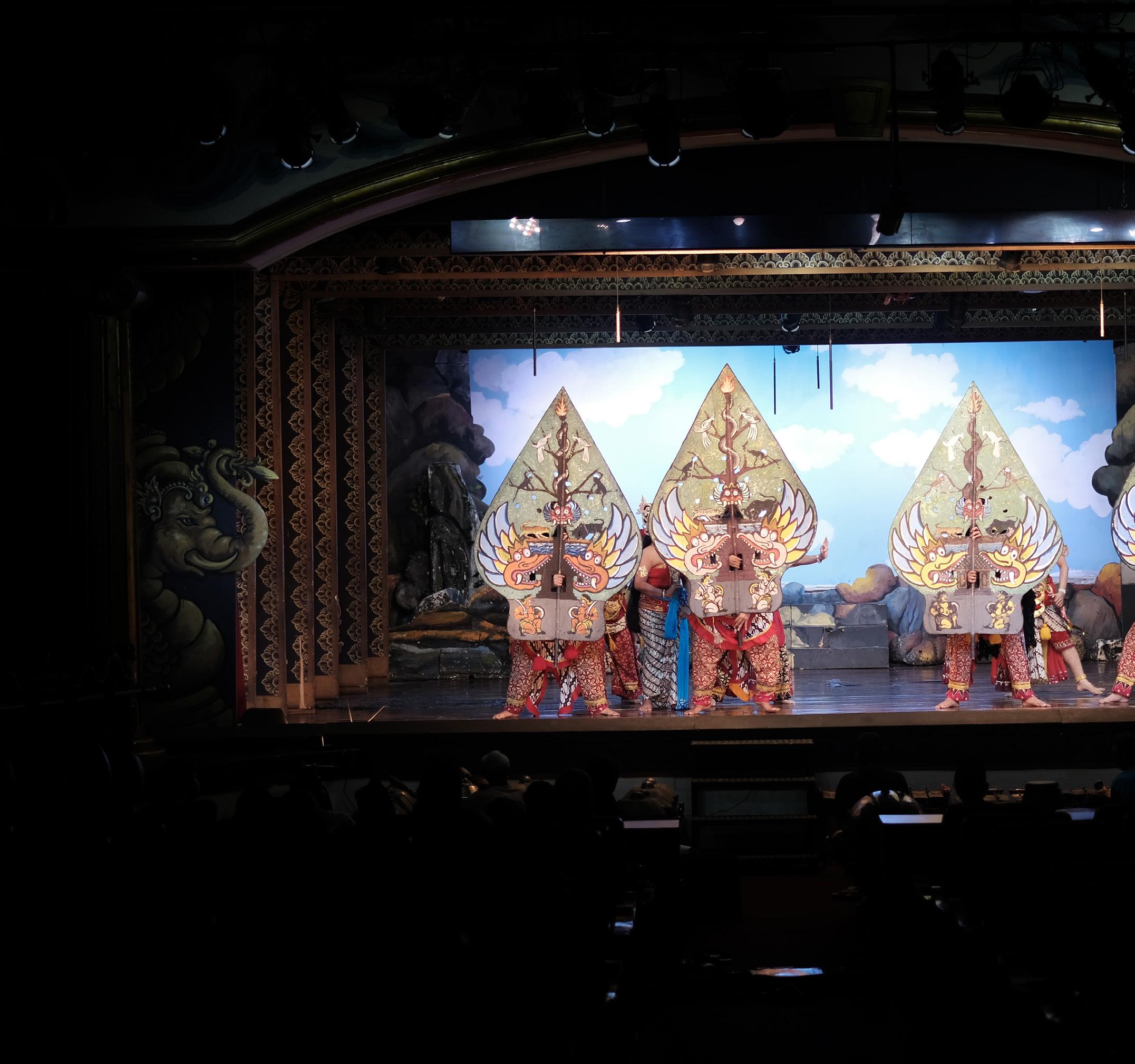
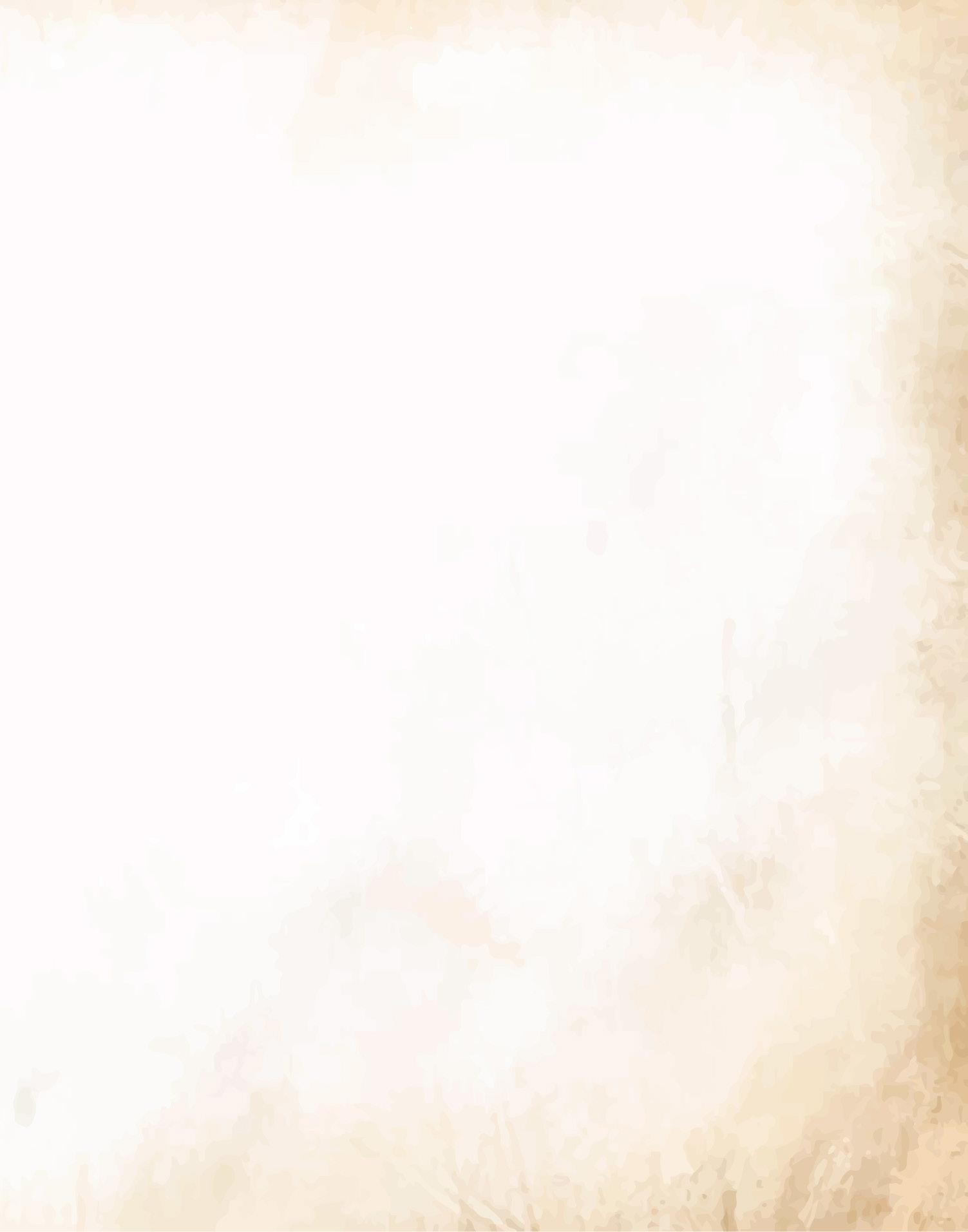
Gunungan; and one of the players of Wayang Orang Bharata who is doing their makeup - Akhmad Fahri
Towards the center of the stage - Akhmad Fahri
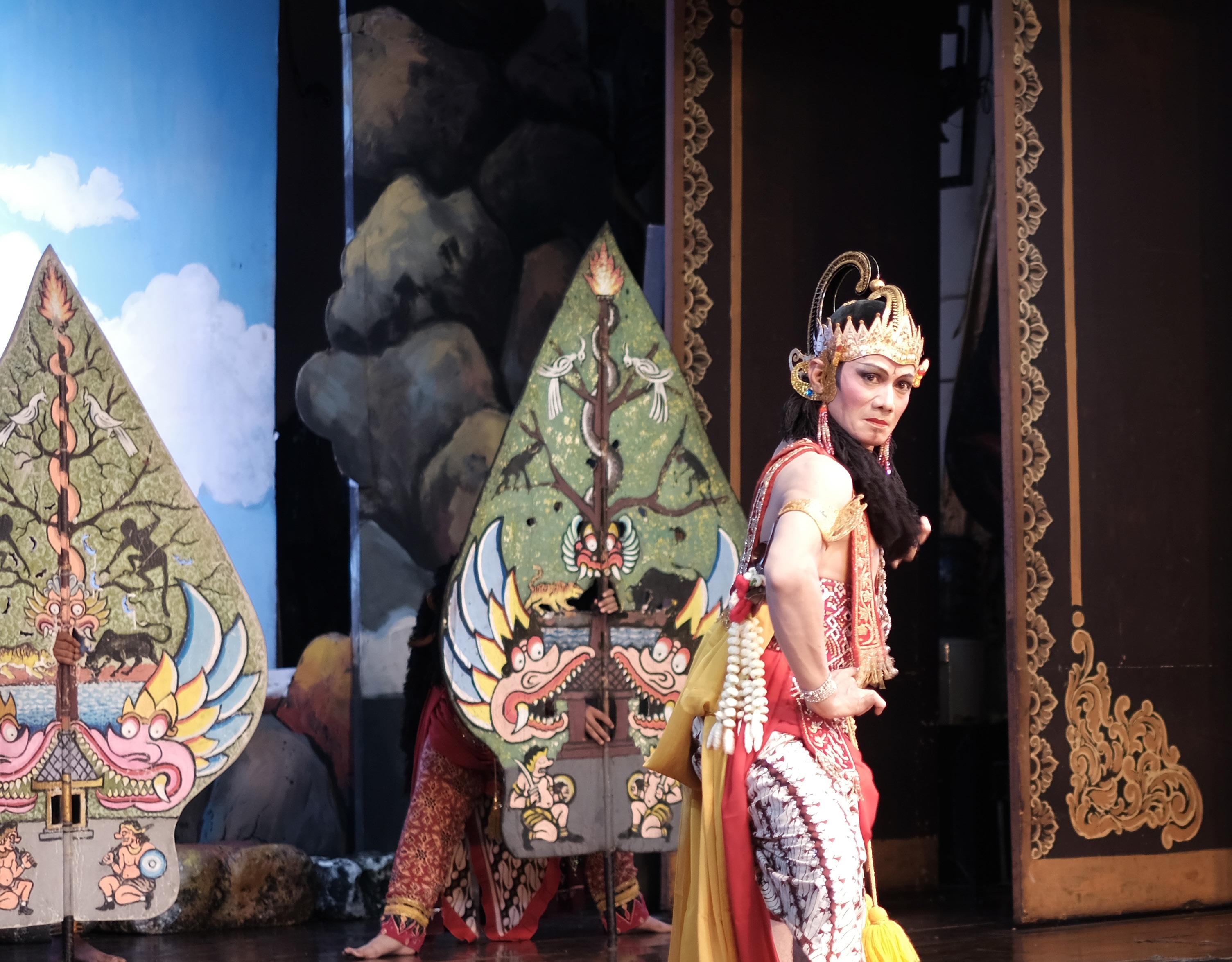
Since the age of 10, in 1957, Aries Mukadi has earned rupiah from his own work. He followed the ketoprak tobong performances, performing by moving from city to city. The life and art experiences in tobong are a valuable lesson. Aries chose to study at STM because vocational schools provided students with the provisions to work immediately after graduating. Aris even had time to open a motorcycle repair shop, before finally continuing to do art. Since joining various art groups including Wayang Orang Bharata, what role has been the most challenging?

I’m not a fan of playing certain roles. The important thing is to perform my best. I once played Ontorejo, who became Bima was Pak Pungut Indrajaya who had been the leader of Panca Murti. Can be
any role, but should be step by step. For example, the role of punawakan, it is not easy. Punakawan is like a wayang’s professor. Starting from buto, warriors, governors, kings, priests, gods, then punakawan. Punakawan must be able to be both a commoner or a priest.
The important thing is that all of these roles come out of taste. The feeling must reach the audience. In all roles, the
demands must exist and be conveyed. Wayang in the past was a spectacle number two, the main thing was their guidance. That is what we are trying to maintain in Bharata. If the matter of
duration is cut and shorter, it’s because it
adapts to the times.
Carrying Gunungan - Akhmad Fahri
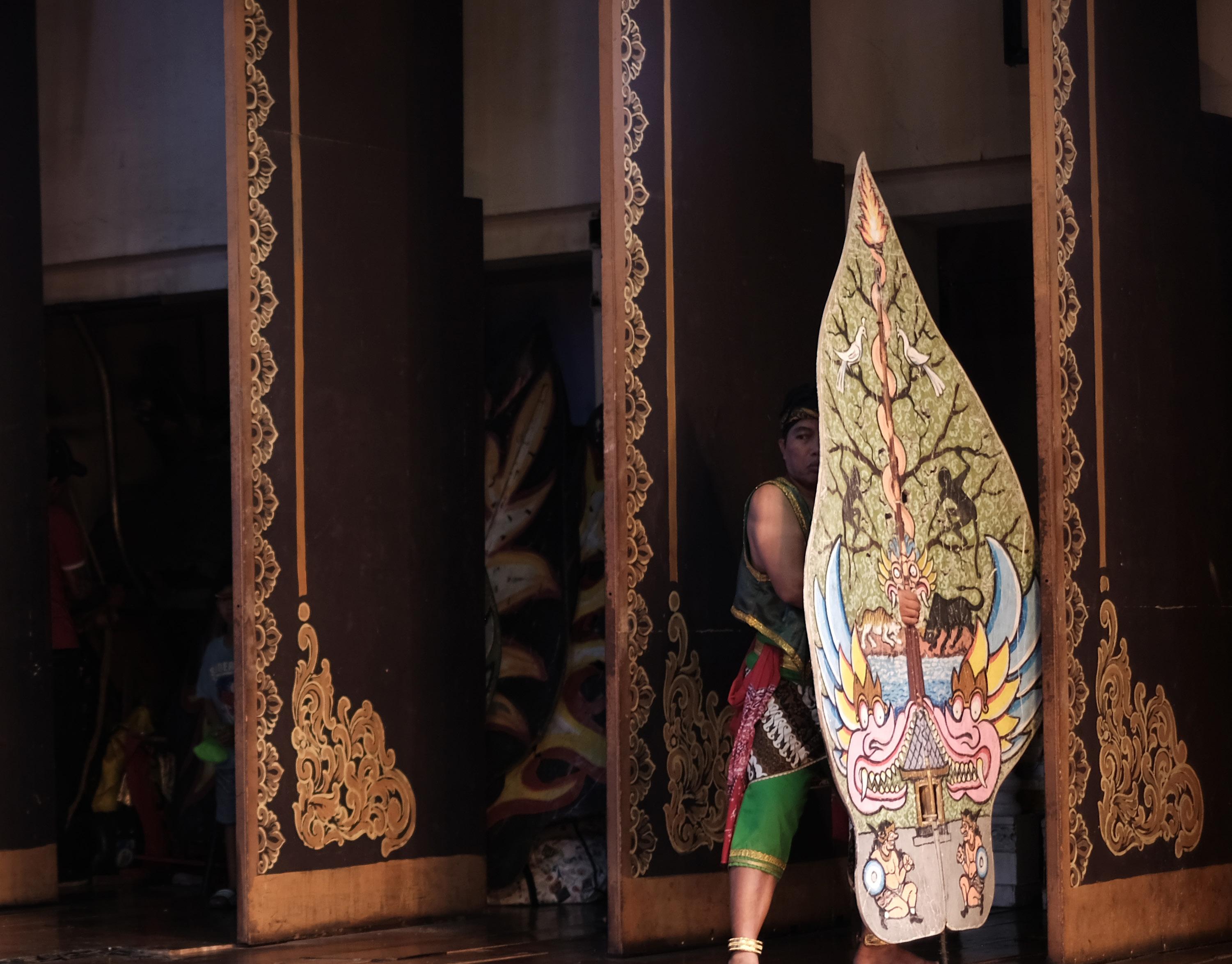
Remember the interesting experience?

Many, let me try to remember first. What I emphasize in this wayang association is its bonding and sharing the same fate. If we get a change from the audience, we buy raw materials. In the past, when the prestige of wayang was declining, Pak Harmoko (Minister of Information under President Soeharto) was busy helping us, at that time he wanted to eat sayur lodeh with us. Then during the G30S/PKI era, we were protected by General Sukowati who always controlled the curfew. What do you think about the current state of traditional performing arts?
In my current position, I just tut wuri (follow). The dynamics of society are developing, wayang must also adapt. But also don’t rely on technology, so all lose with Youtube. Now wayang is just a spectacle. Guidance only appears on the surface: in costumes, movements, dance,
but talking about speech, it is still lacking. I see, the chaotic wayang some time ago was a test for us to respect our own culture in our own homes. If there
are groups who do not agree with the wayang, there will be groups who are happy. Wayang has its owner, our nation. Even before Airlangga’s time, there were wayang, which were changed by Kalijaga for means of preaching. Do you want to throw it away? If we throw it away, it means the same as destroying the contents of our own house.










